Giúp trang trại của bạn tăng năng suất một cách xuất sắc. điện cực y tế sử dụng một lần đi kèm với các giao dịch hấp dẫn trên Alibaba.com. Các. điện cực y tế sử dụng một lần có đầy đủ các tính năng công nghệ mới nhất và tiên tiến nhất giúp việc trồng trọt trở nên cực kỳ dễ dàng và hiệu quả. Các. điện cực y tế sử dụng một lần được làm từ vật liệu bền và chắc chắn để đảm bảo năng suất tối đa trên trang trại trong thời gian dài.
điện cực y tế sử dụng một lần sử dụng những phát minh cao cấp mang lại cho họ khả năng làm việc tuyệt vời và tính linh hoạt. Chúng rất linh hoạt và dễ dàng thích nghi với các kiểu thời tiết khác nhau. Các. điện cực y tế sử dụng một lần có thể được sử dụng trong canh tác nhiều loại cây trồng và người dùng không yêu cầu đào tạo nhiều về kỹ thuật vì chúng dễ vận hành. Các. điện cực y tế sử dụng một lần có sẵn với nhiều kích cỡ và kiểu dáng để phù hợp với các loại nhu cầu canh tác khác nhau.
điện cực y tế sử dụng một lần có giá cả phải chăng trên Alibaba.com và mang lại giá trị đồng tiền. Chi phí vận hành về chất bôi trơn, nhiên liệu và sửa chữa thấp đối với những điều này. điện cực y tế sử dụng một lần. Phụ tùng của họ cũng có sẵn, giúp họ có hiệu quả cao. Thiết kế của họ nhằm mục đích thúc đẩy sự thoải mái cho người dùng để tránh căng thẳng và gắng sức quá mức ngay cả sau khi vận hành trong nhiều giờ. Chất lượng được đảm bảo bằng cách xem xét kỹ lưỡng. Người bán điện cực y tế sử dụng một lần trước khi họ được chứng nhận trên trang web.
Điều hướng qua Alibaba.com và đánh giá nhiều loại. điện cực y tế sử dụng một lần. Chọn thích hợp nhất. điện cực y tế sử dụng một lần phù hợp với nhu cầu canh tác của bạn và tăng hiệu quả, năng suất và lợi nhuận. Bạn cũng có thể yêu cầu các mặt hàng và ưu đãi tùy chỉnh và mua các sản phẩm cao cấp với giá cả phải chăng.








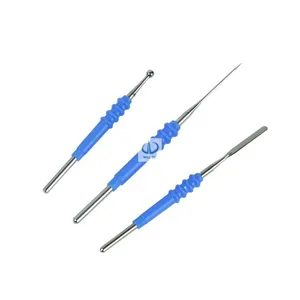


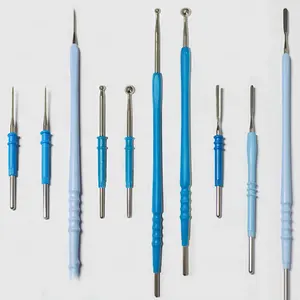

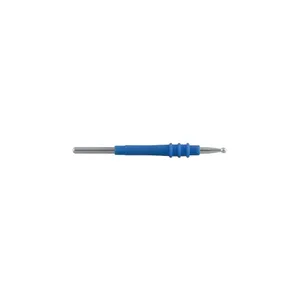
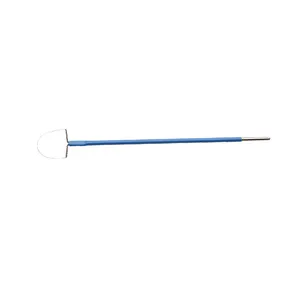






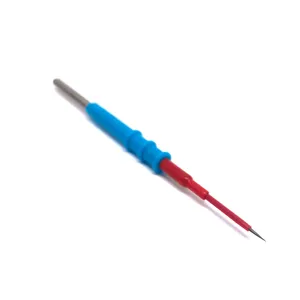






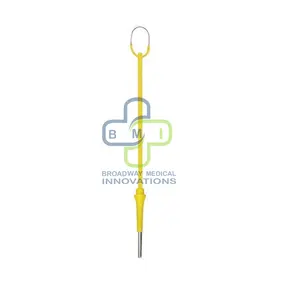

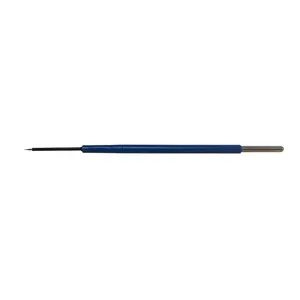



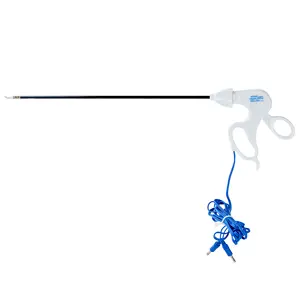
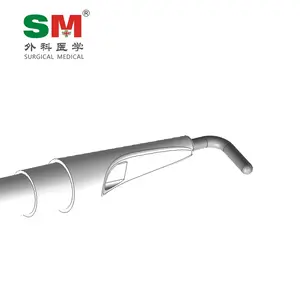












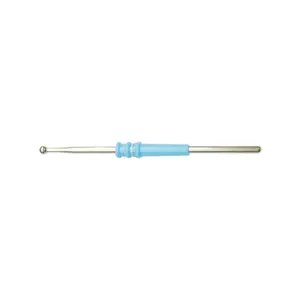
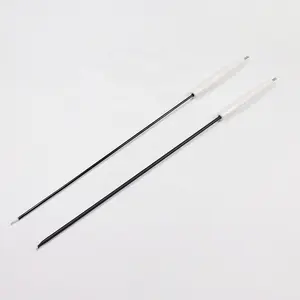
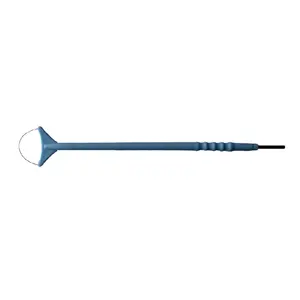













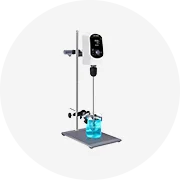
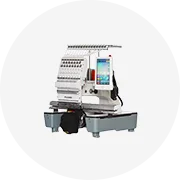









 浙公网安备 33010002000092号
浙公网安备 33010002000092号 浙B2-20120091-4
浙B2-20120091-4